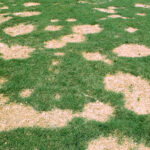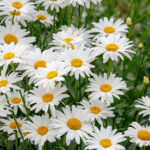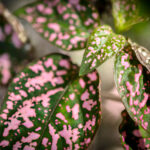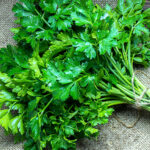
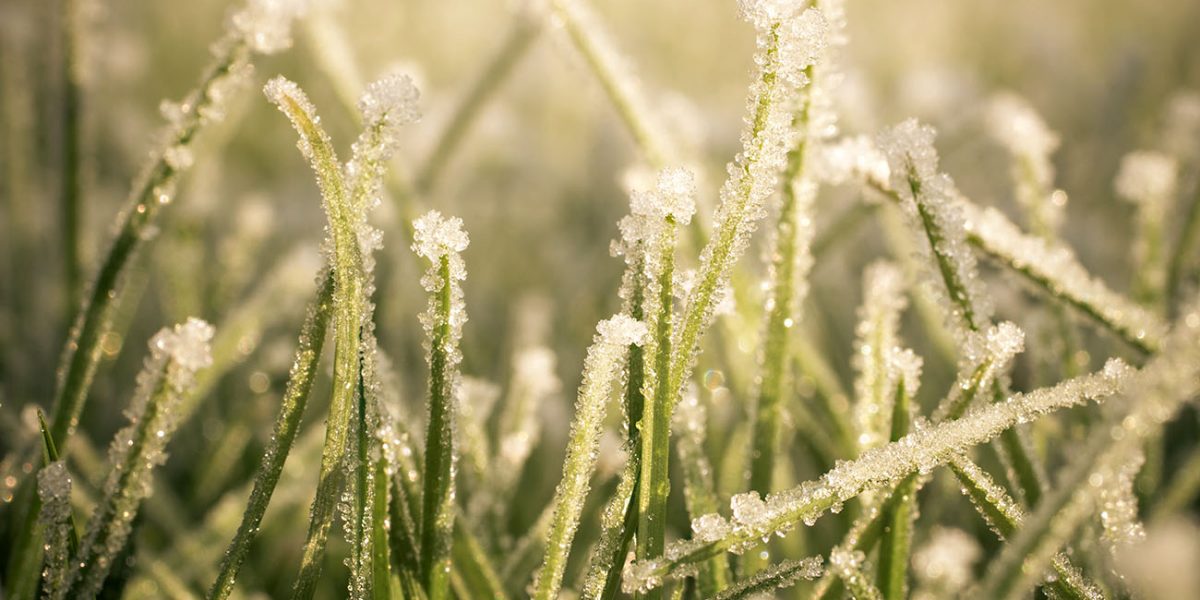
Lawn damage during cold weather
February brought the coldest temperatures in over 30 years in much of the country and many people have lawns in need of help.
It’s common to find the majority of the damage occurred in open, unprotected areas. While protected areas, such as under trees, are just fine.
The damage will be worse in areas that were frozen for a longer period of time. Many lawns will experience something known as winter-kill.
What is winter-kill?
According to Dennis Martin, PhD Professor & Turfgrass Specialist at Oklahoma State University “winter-kill occurs when part or all of a grass plant or turfgrass stand dies during the winter.”
Causes of winter-kill
- Cycles of warm and cold weather disturbing the lawn’s dormancy
- Ice crystals forming at the base of the plants
- Prolonged exposure to sub-lethal temperatures. Soil temperatures are more important than air temperatures according to Texas A&M Agrilife Extension.
Why Is my lawn damaged but my neighbor’s Is fine?
There are several factors that may affect your lawn’s ability to withstand the cold and it may depend on the variety of grass you have. Other things that affect your lawn’s resilience is mowing height, when the lawn was planted, soil type and hydration.
How to identify winter-kill damage?
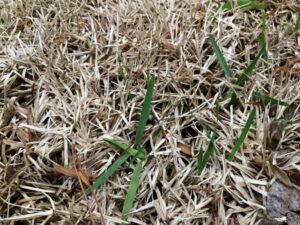 That really depends on the extent of the damage to your lawn. Identifying areas that are dead will be self-evident because they will be yellow while other parts are green. Physical symptoms of winter damage are sometimes difficult to distinguish from herbicide injury or disease. You may find that the parts of your lawn that face south are just fine but slopes and areas of the lawn that face north or under shade are much worse. The areas facing south rejuvenate faster because the sun warms the ground faster.
That really depends on the extent of the damage to your lawn. Identifying areas that are dead will be self-evident because they will be yellow while other parts are green. Physical symptoms of winter damage are sometimes difficult to distinguish from herbicide injury or disease. You may find that the parts of your lawn that face south are just fine but slopes and areas of the lawn that face north or under shade are much worse. The areas facing south rejuvenate faster because the sun warms the ground faster.
Steps to Lawn Recovery
- Be Patient. DO NOT try to fix it with chemicals. That could cause more damage than good. In fact, do not rush into your regular spring applications of weed and feed until you know the extent of your lawn damage.
- Fixing small patches. Nowadays you can go to your local home improvement store and buy a few pieces to fix those small areas because they sell sod by the piece.
- Replacing the Lawn – GET YOUR SOD ORDERS PLACED EARLY! Sod will be a precious commodity in short supply. Your major home improvement stores like The Home Depot and Lowe’s offer FREE HOME DELIVERY and discounts up to 50% off but because there’s so much damage out there supply will be in high demand. Order early and have it delivered later.
- Preparing your lawn for new sod:
- Prepare the area by clearing it of any existing weeds or grass.
- Remove sticks, stones, roots, debris, and large clods.
- Work, level, and smooth the area with a rake.
Check your irrigation system. You will want to make sure you check your irrigation system to before using it in the spring. Make sure to wait to do this after you’re done with the threat of freezing temperatures.
Visit LawnCentral.com for easy to follow how-to videos and downloadable instruction: https://www.lawncentral.com/home/install-your-lawn/

